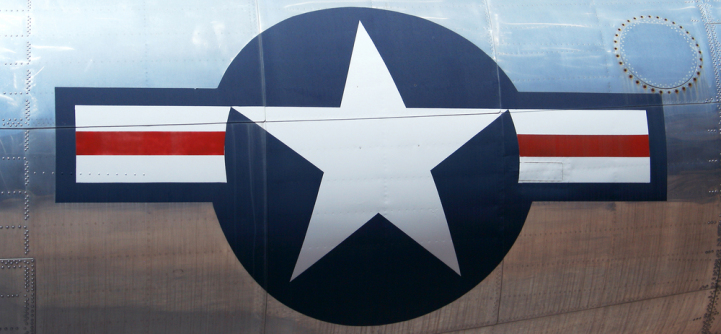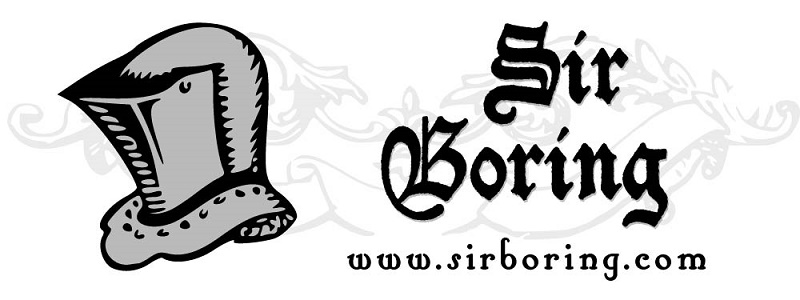
Established on September 18, 1947, the Department of the Air Force became an official branch of the United States of America’s military. This newly established branch was an outgrowth of developments during World War II, where each branch essentially had their own air units. The Army Air Corp was effectively dissolved and shifted its priorities to other types of aviation. The United States Air Force (USAF) was initially tasked with taking over most of the aerial operations for land-based aircraft, whereas the United States Navy continued to refine and develop carrier and seaborne aerial operations.
Following the end of WWII, America and her allies were forced to shift their focus to the threat the USSR and her allies presented on a global level. The advent of nuclear bombs and the continued development of long-range strike aircraft was further expeditated by the outbreak of war on the Korean peninsula. This would become the first major test of the USAF at both the tactical and strategic level. The USAF greatly assisted in stemming and turning the tide of the war by contesting and at times controlling large swaths of airspace during the Korean War. While fighting continued and a stalemate was eventually achieved, leaders stateside continued to pursue long range capabilities for conventional and nuclear ordnance.
The late 1940s and 1950s saw continued aerial competition with the USSR (which would not end until the 1990s), and as such prolific aircraft like the B-52 bomber became mainstays for the USAF, in their pursuit of having bomber and strike superiority during the Cold War. During this period, the USAF was led by some of America’s greatest generals like General Curtis Lemay and were able to also develop rocket technology to help increase strike capabilities. Pulling from the brilliant German minds from Operation Papercut, the USAF was able to develop rocket technology to provide and develop an intercontinental ballistic missile (ICBM) capability. Such technology directly overlapped with other projects within the US, and the USAF has maintained close ties to National Aeronautics and Space Administration (NASA) and other aeronautical entities in the US.
Continuing to develop both aircraft, rockets, and other aerial systems, the USAF also made major strides during the 1960s to enhance the combat capabilities of American aircraft by pioneering electronic aviation suites and weapons. Laser guided bombs and air to air missiles, amongst other ordnance and technologies, would be further developed during the Vietnam War and into the 1970s. Innovative airframes from this period like the F-4 Phantom and A-10 Thunderbolt II paved the way for advanced aircraft the USAF uses in modern operations.
With the fall of the USSR and the conflicts in the Middle East in the 1980s and 1990s, the USAF ushered in a new era of sheer aerial dominance which has not truly been challenged in the modern day. The advent of satellites and their expanded use crossed over into the civilian sector, as technologies like global positioning systems (GPS) and the world wide web became main stays due to initial military requirements. After multiple terror attacks across the globe in the early 2000s, the USAF began to implement drone technology too, which minimized personnel losses and increased strike capabilities. More recent developments have led to the Space Force being established as a new branch, to help the USAF refocus and better adjust to the modern battlespace. This robust and technologically advanced branch of the US military has ensured peace and stability across the globe. Future conflicts and technologies will require the USAF to be innovative to maintain this standard.
